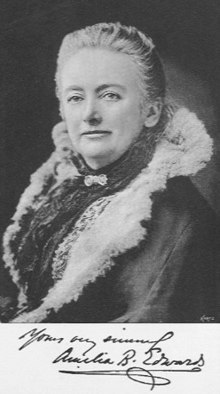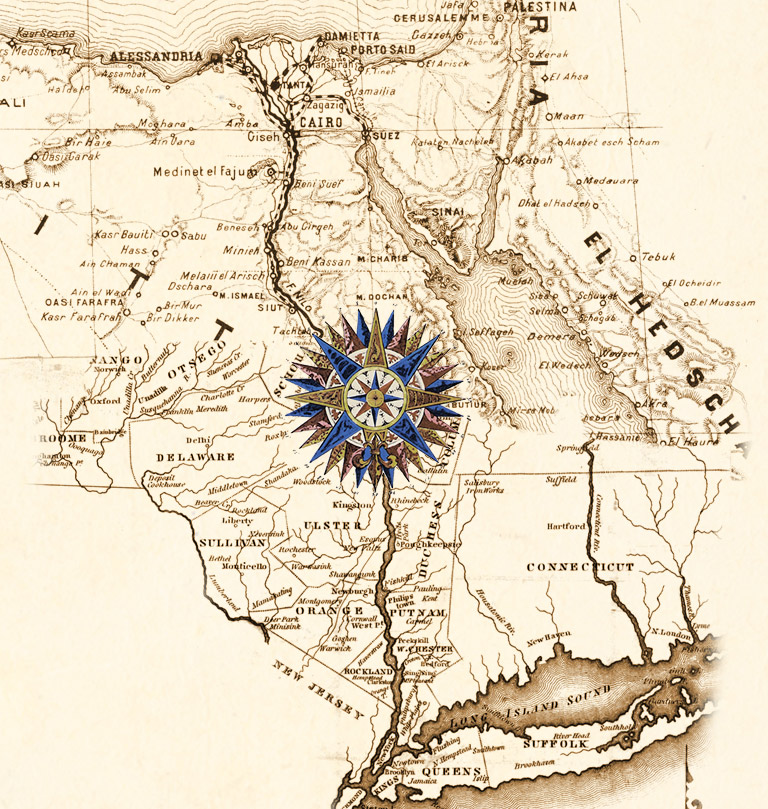
In the previous blog, I introduced the topic of “What Are American Students Learning About US History?” That blog introduced the two-year study conducted by the American Historical Association (AHA). Now I wish to turn to the content of the report and make some observations about it.
INTRODUCTION
This section notes the stormy debate which has engulfed the country: the stereotypes, the assumptions, the overtly ideological agendas. Even without evidence about “’inherently divisive concepts,’” state governments have plunged ahead to create unprecedented legal restrictions on the content of history instruction (7). What has been missing is evidence.
To elaborate on the points noted in the previous blog:
Many teachers participate in a nationwide culture of history education that operates through channels rarely addressed in public debates
In the United States, unlike with many other countries, there is no national education system. However there does exist an informal culture for the teaching of history grounded in common goals and a shared professional sensibility in both discourse and classroom practice.
Since the 1990s, there have been multiple rounds of standardization that have created a shared vocabulary. “This common ground is sustained by professional organizations of teachers and administrators, curriculum publishers, social media groups, resource provides, and professional development programming” (10).
AHA found that “US history typically taught in public schools is not riddled with distortions or omissions” (10). [Home school? Private schools?] The curricula works best when questions of causation, context, and significance frame the content.
At times the materials fall short of the expectations of professional historians. The reasons being that history instruction has been streamlined to focus “on bare facts, banal platitudes, flat inevitabilities, or a vague set of literacy skills rather than meaningful knowledge” (10). One might add that these are exactly the traits that make history boring.
One conclusion should have been written in bold:
…social studies teachers need more classroom time and more professional development
One might add that these are precisely the areas that are most easily cut because they are direct reductions in spending just as bus trips are.
The good news is that according to the AHA the media has overblown the politically charged atmosphere except in specific communities. But while the classroom is grounded in professional norms that bear little resemblance to caricatures of classroom indoctrination, that AHA report states significant majority of teachers do not face regular political objections to the way they teach US history. Quite the contrary, “many struggle to get parents, students, and even administrators to care about history at all” (11).
According to the AHA, “Teachers want students to read and understand founding documents to prepare them for informed civic engagement” (11). Left unaddressed here is the ability of students to read and comprehend such documents or to place them in context.
The AHA adds that teachers want students “to grapple with the complex history and legacies of racism and slavery. Curricular materials associated with overtly partisan or ideological messaging can expect a cool reception from teachers” (11).
The AHA learned that the question of “’what is actually taught in American history classroom?’” involves determining how decisions are made, how teachers feel about the process, and what goes right and wrong along the way.
Free Online Resources Outweigh Textbooks
Teachers increasingly view students as unprepared and/or unwilling to read critically or at length. Meanwhile teachers make prolific use of a decentralized universe of no-cost or low-cost online resources. (11)
Testing Matters, for Better or Worse
State-mandated assessments in history exerts a strong influence on district conditions. Tested subjects receive more attention but teachers bemoan the narrowing of curriculum that can accompany standardized assessment. But assessment rituals have been slow to reassert themselves following the interruption of the Covid-19 pandemic.
Teachers Make Curricular Decisions
Teachers have substantial discretion in deciding what they teach, how they teach, and what materials they use. At the course level collaboration is ascendant. But looking across their careers, veteran teachers report a clear trend away from autonomy and idiosyncrasy and toward alignment and common assessment.
Bad Questions Give Inquiry a Bad Name
“When content (names, dates, places, stories) are blurred in favor of skills-based abstractions, teachers may have more difficulty defending the integrity of history against politicized accusations….Nor does calling something an inquiry guarantee that moralism, presentism, or fatalism won’t creep into history teaching” (12).
Calls for Help
“Teachers freely admit where they could use more support” (13). In particular both ends of the American history timeline are cited: precolonial Native America and post-1970s.
To summarize, the AHA report is driven by three questions:
1 What is taught?
2 Who decides what is taught?
3 What resources do teachers actually use in teaching US history?
The report is divided into four parts.
Part 1: Contexts
Part 2: National Patterns
Part 3: Curricular Decisions
Part 4: Curricular Content.
These sections will be the subject of subsequent blogs.
Before doing so, there are issues which need to be addressed which are outside the purview of the social studies teacher.
1. the ability to read
2. the alternate sources of history information outside the classroom – these sources include family, community, and online. Just because a curriculum does include teaching that slavery was the cause of the Civil War, does not mean that students are not bombarded with the view that the War of Northern Aggression was an invasion by Yankees.
One should keep in mind the limits of what teachers can accomplish during a school period with a subject perhaps only taught in one grade.





